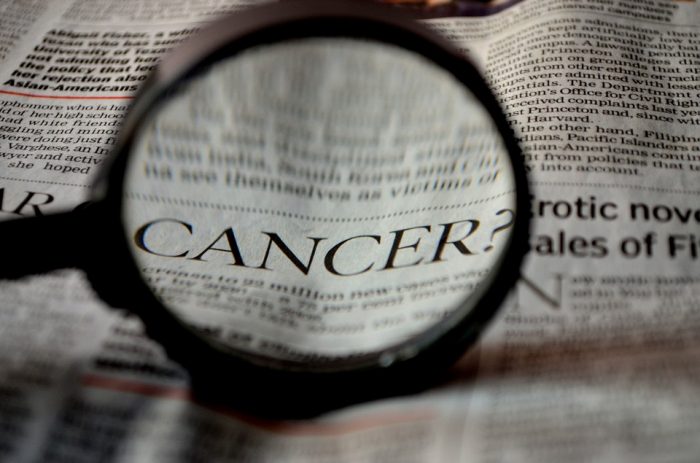
Engineered white blood cells can eliminate cancer, says study

Researchers have successfully manipulated macrophages, a type of white blood cell, to target and eliminate solid tumors. They achieved this by silencing the molecular pathway that typically inhibits macrophages from attacking healthy cells in our body.
Cancers that form solid tumours such as in the breast, brain, or skin are particularly hard to treat. Surgery is typically the first line of defence for patients fighting solid tumours.
Also Read: Serious heart attacks: Why Mondays are so deadly
However, surgery may not remove all cancerous cells, and leftover cells can mutate and spread throughout the body.
The new approach, described in the journal Nature Biomedical Engineering, not only eliminates cancerous cells, but teaches the immune system to recognise and kill them in the future.
“Due to a solid tumours physical properties, it is challenging to design molecules that can enter these masses,” said Dennis Discher, a professor at the University of Pennsylvania in the US.
“Instead of creating a new molecule to do the job, we propose using cells that eat invaders — macrophages,” Discher said.
Also Read: How AI may help detect cancer much before traditional diagnosis methods
Macrophages, a type of white blood cell, immediately engulf and destroy invaders such as bacteria, viruses, and even implants to remove them from the body.
A macrophages innate immune response teaches our bodies to remember and attack invading cells in the future. This learned immunity is essential to creating a kind of cancer vaccine. However, a macrophage cannot attack what it cannot see. “Macrophages recognise cancer cells as part of the body, not invaders,” said the University of Pennsylvania postdoctoral fellow Larry Dooling.
“To allow these white blood cells to see and attack cancer cells, we had to investigate the molecular pathway that controls cell-to-cell communication. Turning off this pathway checkpoint interaction between a protein called SIRPa on the macrophage and the CD47 protein found on all self-cells was the key to creating this therapy,” Dooling said.
The engineered macrophages were put to the test on “tumoroids,” conglomerates of mouse melanoma cells in culture plates. The macrophages cooperatively clustered around the cancer cells, picked them apart and progressively destroyed the tumour. When tested, the engineered cells were able to eliminate tumours in 80 per cent of mice. Tumour elimination triggered an adaptive immune response. Weeks later, the anti-cancer immunoglobulin G antibody increased, the researchers said.
Also Read: 1 in 6 unvaccinated COVID-infected people found to feel effects up to 2 years
The engineered macrophage therapy works best in combination with existing antibody therapy, the researchers said, adding one day, patients may be able to rely on these cells to eliminate solid tumours as well as the need for future treatments.
Macrophage therapy may be the key to a cancer vaccine, destroying cancer cells and teaching the body to destroy emerging cancer cells in the future – a gamechanger in the fight against cancer, they added.
(With agency inputs)


